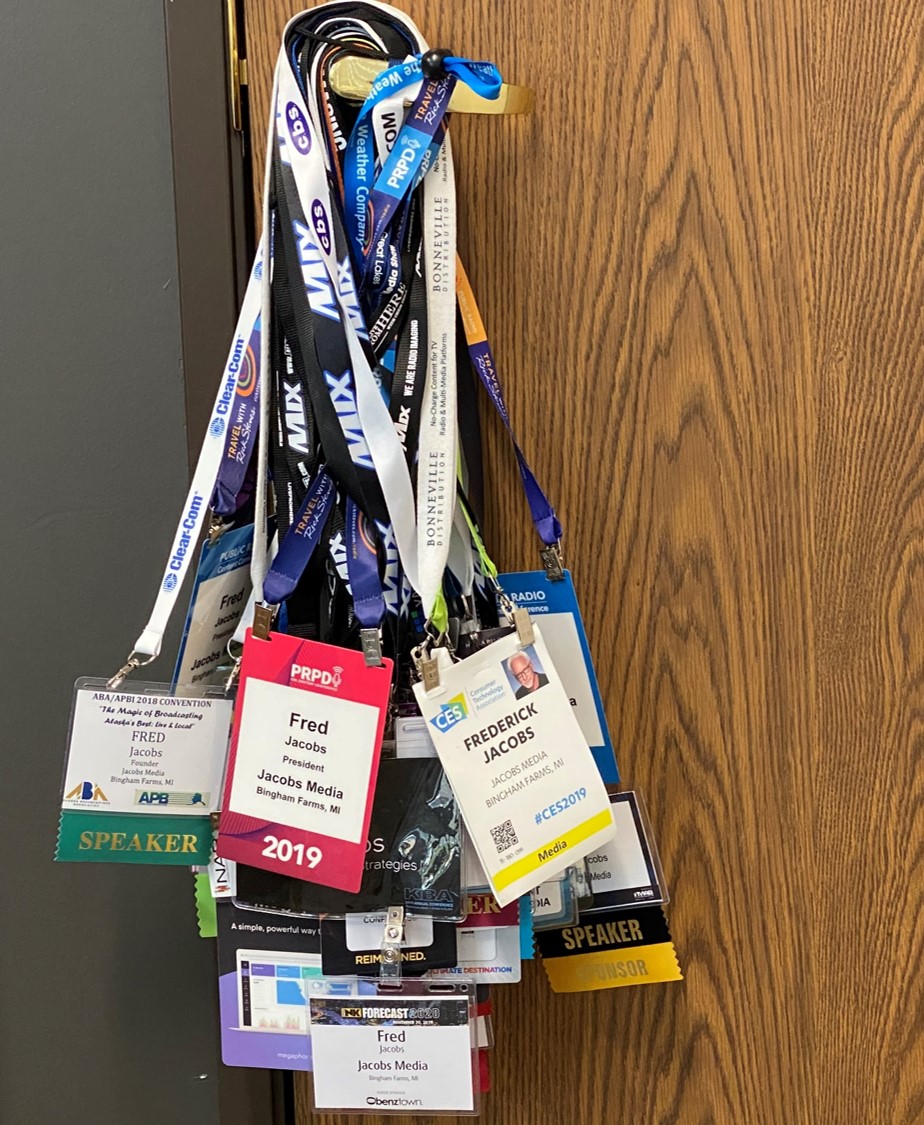
These days, I’m hearing the same question:
What do you think things will be like in radio after COVID?
I am flattered anyone would think I would actually know. But given the research we conduct – quantitative and qualitative – as well as our penchant to read as much as we can about the pandemic and its impacts on life, business, and our collective mental health, it is something I think about – a lot.
Anyone who tells you they actually know about our post-COVID landscape is just guessing. Amazingly, seven months into this tragedy, and we’re still debating many of the fundamental “givens” about the coronavirus. And it seems that with each passing month, our societal fractures become more disturbing.
A new study by McKinsey & Company – “Meet the next-normal consumer” – takes a stab at predicting what might be next. It’s not a short read, but is worth your time, whether you’re responsible for content, revenue, or both.
Their conclusion? “COVID-19 is changing how consumers behave across every aspect of their lives.” (That McKinsey’s bold – not mine.) And they add that “Companies must rethink how and where they connect with customers.”
That’s a heavy lift to be sure. To make it even more challenging, radio is an interesting animal in that it is both B-to-B and B-to-C, interfacing with advertisers and the public. And so the many changes that are in the works due to the pandemic will have impact on both sides of the broadcast radio business.
Where do we go from here? We can only conjecture about a vaccine, it’s effectiveness, safety, distribution, and acceptance. We don’t know how long 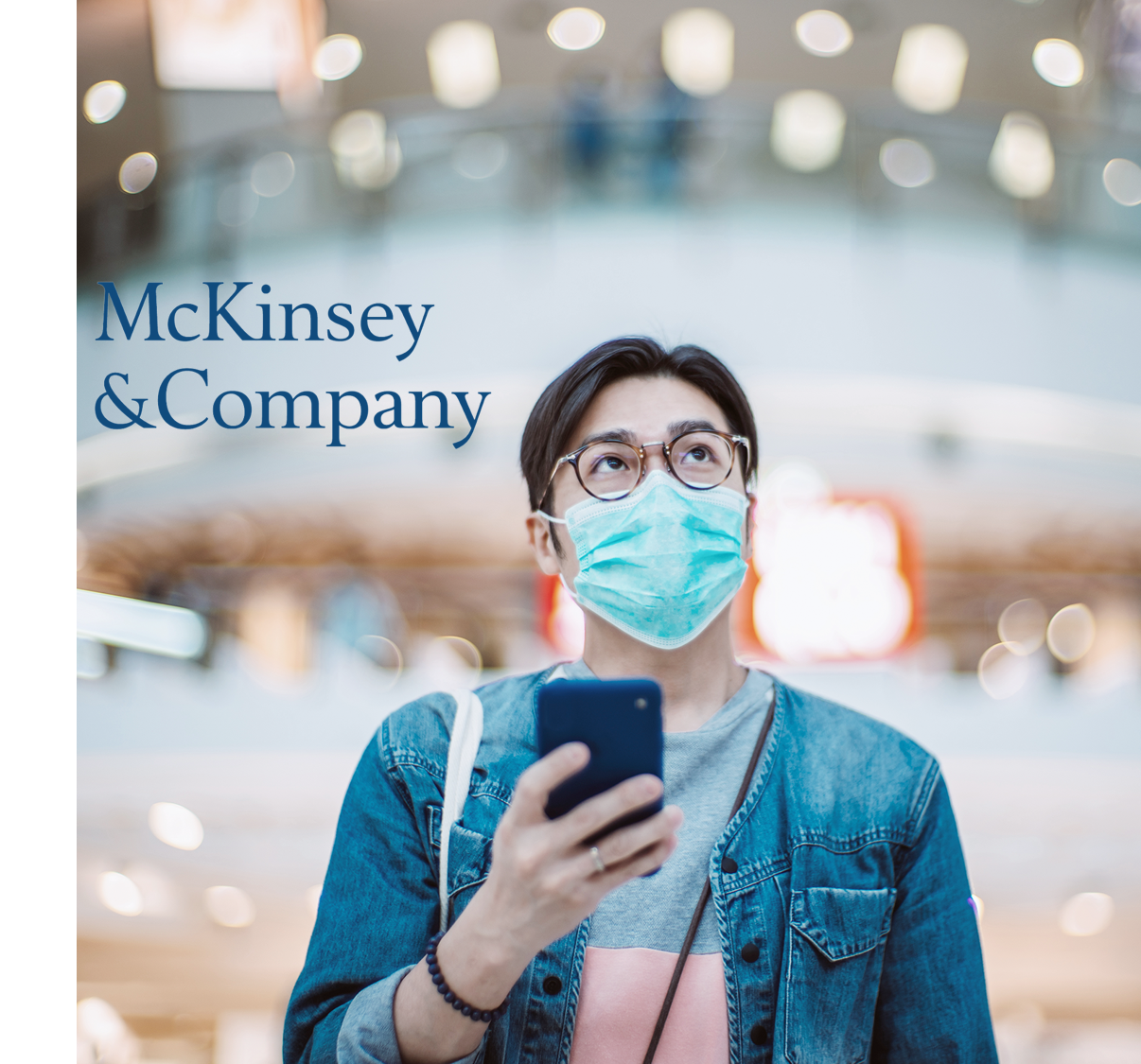 it will take before mass gatherings – sporting events, arena concerts – will return as they were in 2019.
it will take before mass gatherings – sporting events, arena concerts – will return as they were in 2019.
We don’t know how long it will take for America’s biggest cities to regain their equilibrium. We don’t know when we’ll be routinely traveling again, for business and of course, pleasure. We don’t know how much damage – economically, educationally, psychologically – will occur, and how long it will take us to recover. And thus, we don’t know what “normal” will, in fact, look like after the worst of this is over.
But there are some things we do know.
Many of us will be working from home long after COVID is in our collective rear-view mirror. Of course, that affects the economics of how radio stations operate now – and in the future. But more importantly, it is sure to impact the power of “the drives” on radio listening levels. If a substantial percentage of the population is working remotely, we know less time in cars is tantamount to reduced usage in what was the most listened to dayparts.
Similarly, shopping – which was already moving online – will continue that trajectory, as we will no doubt soon see how the December holidays will be impacted. The future of shopping malls is very murky, as is the retail experience in general.
Gyms and workouts as we knew them will very likely be impacted. The Peloton phenomenon was already in motion before we knew there was a Dr. Fauci. The degree to which more people will address their physical workout regimens virtually is very much a topic. How many gyms won’t be able to make it?
The list goes on, of course, especially the ripple effect, where one trend cascades to create another. And that’s why I’ve been giving so much thought to Zoom, and virtual connection, in general, these past several months.
Zoom isn’t just on a roll from an investor standpoint – although that’s a story, too. It’s become the household name for virtual meetings. Like Xerox, Taser, Popsicle, Kleenex, 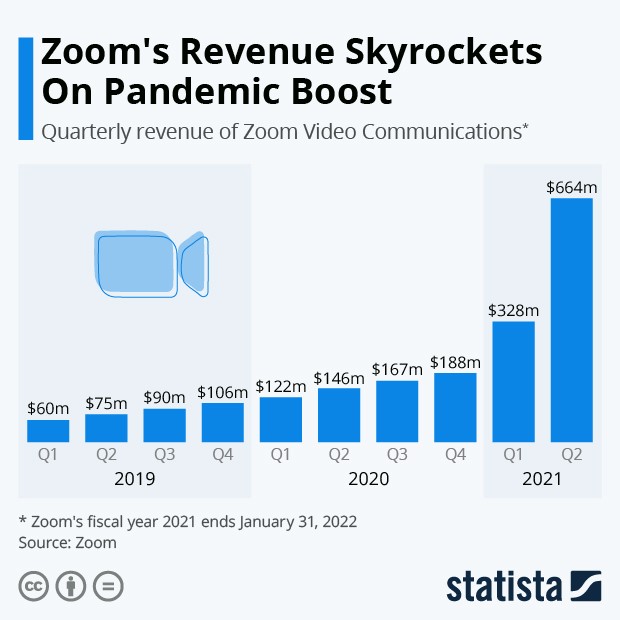 Dumpster, and even Zamboni. The brand Zoom has become the genericized way many of us are referring to virtual conferences – of all types.
Dumpster, and even Zamboni. The brand Zoom has become the genericized way many of us are referring to virtual conferences – of all types.
In a marketplace where there are many players, some well financed and with more experience, Zoom’s growth curve is stunning. When you think that long before you were aware of Zoom, you were using Skype, FaceTime, and perhaps platforms like Microsoft Teams and Google Hangouts, Zoom’s growth spurt and rise to dominance during COVID is nothing short of meteoric.
For radio, we need to get past this notion that Zoom and similar platforms are for jock and sales meetings, and requisite happy hours. Radio teams should be brainstorming ways to make video chat events a part of the promotional, marketing, and operational fabric of their stations, especially during this extended period when there is very little going on.
How can stations use the power, reach, and connectivity of video chat to bring audiences closer to talent, their communities, and local businesses?
Virtual meet-ups are a bona fide trend – not a fad. Stations can utilize this remarkable tool that combines what Megatrends author, John Naisbitt, referred to as “high tech – hi touch” way back in 1982. Nearly four decades ago, the prescient Naisbitt defined what we now know as virtual chat.
We had a death in our family last week, and due to COVID restrictions (and safety concerns in general), there was just a graveside service with only a handful of us. But our larger family yearned for more connection, especially those outside of metro Detroit.
And over this past weekend, we organized a Zoom “shiva” (the Jewish practice of friends and family gathering to share our remembrances, and to just be together). It was warm, cathartic, and the next best thing to being together. And somehow people of all ages and backgrounds figured out how to log in, and participate.
As many of you know, Jacobs Media has been conducting Zoom focus groups since April – and they are working marvelously. We are in the process of producing a virtual radio group, comprised of respondents all over the country, for the NAB/RAB Radio Show happening next month. Of course, it’s virtual this year. I think you will be energized, and even surprised by what you see.
The photo at the top of this post is my office door. I’d estimate that in a normal year, I attend somewhere in the neighborhood of 12-15 conferences 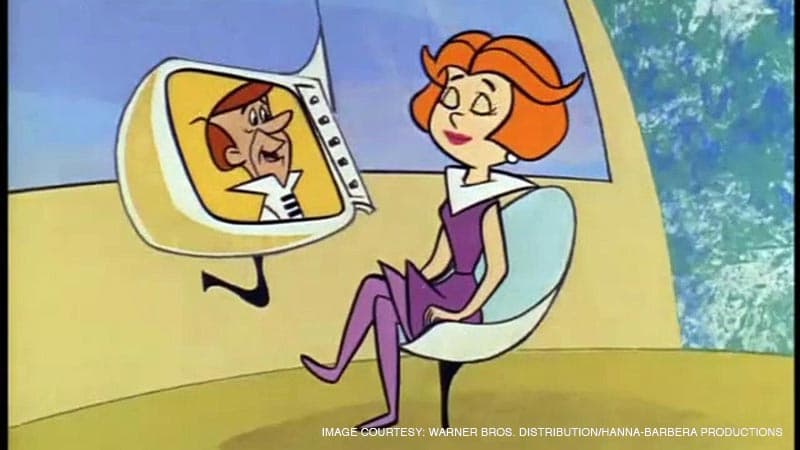 and events, ranging from CES and the NAB/RAB shows on the one hand, to a number of state broadcaster conventions on the other. And then there are the “set events” – Conclave, Boot Camp, Worldwide Radio Summit, PRPD, Momentum, and others.
and events, ranging from CES and the NAB/RAB shows on the one hand, to a number of state broadcaster conventions on the other. And then there are the “set events” – Conclave, Boot Camp, Worldwide Radio Summit, PRPD, Momentum, and others.
I already miss these events – the chance to spend time with many of you, to hang out, and to share information and learning. But I am also well aware that most people in the radio broadcasting industry cannot attend these physical events due to time, money, or other limitations.
Until now. When I went to the NAB/RAB site and saw that registration for non-members is $50, it becomes crystal clear that aside from their other attributes, virtual conferences are egalitarian in that virtually anybody can afford the registration fee. That is sure to mean increased attendance, participation from people we never hear from, and more learning and sharing from larger groups of radio broadcasters.
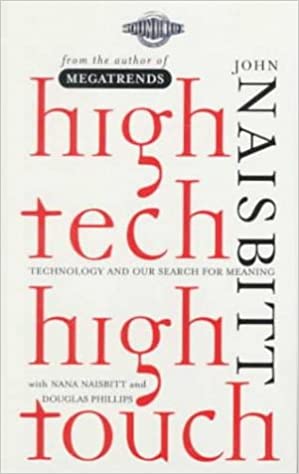 Go back to my little family reunion this past weekend and imagine the traditional get-togethers where people from all over the country (and the world) would take time off to fly to a meeting city. Yes, there are many benefits to physically being in one place. But there are also costs – time, money, and even the inevitable dust-ups when families not used to seeing each other find themselves trapped in a single locale.
Go back to my little family reunion this past weekend and imagine the traditional get-togethers where people from all over the country (and the world) would take time off to fly to a meeting city. Yes, there are many benefits to physically being in one place. But there are also costs – time, money, and even the inevitable dust-ups when families not used to seeing each other find themselves trapped in a single locale.
On Zoom, emotions are different. It’s truly good to see everybody and be together – virtually. People are comfortable in their natural habitats. Overall, the commitment is one heckuva lot less, and yet, the experience is oddly satisfying.
That may be the way we look back on industry gatherings down the road. We will commune together again in Chicago, Nashville, Orlando, and maybe even in Detroit. But the virtual part of conferences will be with us for a long time, maybe a permanent component of industry gatherings.
In tomorrow’s post, I’ll share some of the experiences from three recent virtual conferences Paul and I have recently attended – Christian Music Broadcasters’ Momentum, PRPD/PMJA’s “Let’s Go Live,” and of course, Morning Show Boot Camp. All were “reimagined” this year, and had less time to prepare, plan, and bulletproof.
All three events came off well, and I’ll talk to the executives at the top of each of these organizations about what worked, what didn’t, and how the virtual component will impact their events moving forward.
Virtual conferences are more democratic – small “d” – and that means greater inclusion and diversity. Change will start with new people in attendance at these conferences, and it will advance when we see more and more new faces “on stage,” and ultimately, in positions of power in management, sales, and programming.
Tomorrow, we’ll look at these recent virtual conferences, how they’re going, and what we can expect in the months (and years?) ahead.
Information and registration for the NAB/RAB Radio Show, October 5-9, is here.
- What To Do If Your Radio Station Goes Through A Midlife Crisis - April 25, 2025
- A 2020 Lesson?It Could All Be Gone In A Flash - April 24, 2025
- How AI Can Give Radio Personalities More…PERSONALITY - April 23, 2025




It looks like the writers of Tomorrow Radio from 1978 got ANOTHER ONE right. Re conventions: “Just a short stroll down the hall to the tele-video room, turn on channel 202, and plug yourself in.”
Exactly.